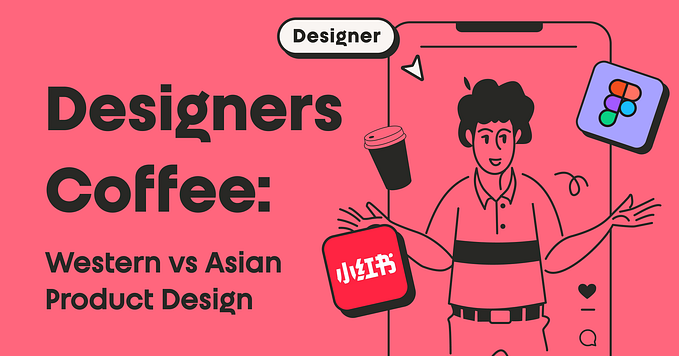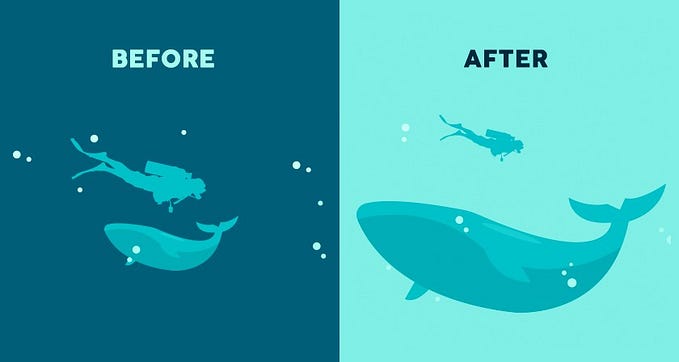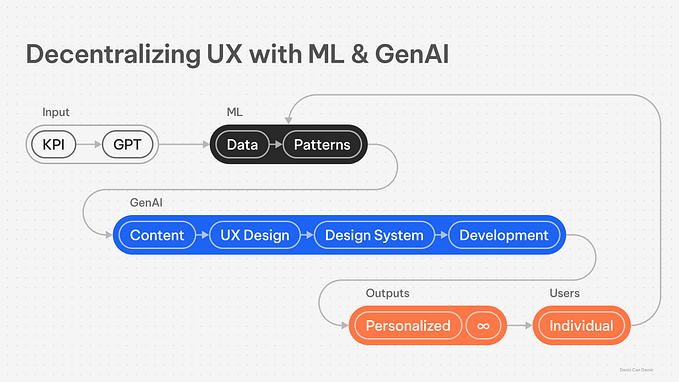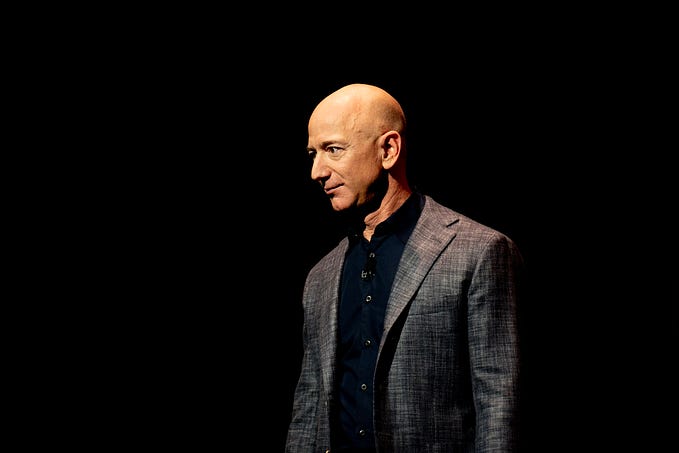Member-only story
A holistic design toolkit for life-centred design
Life-centred Design tools to include the environment and non-users in design-thinking and speculative design
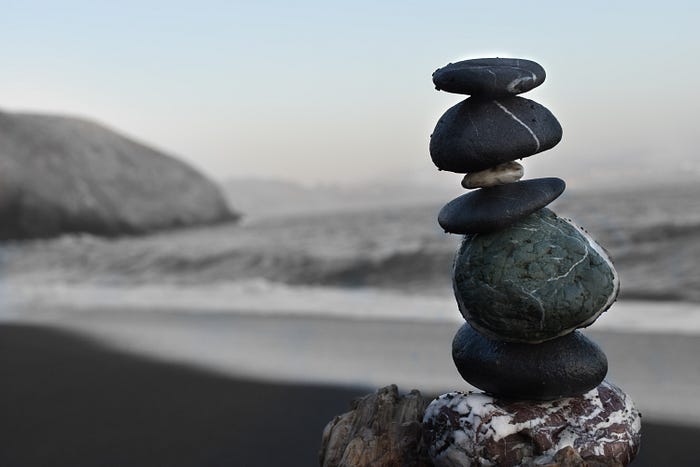
As designers and product creators, we are not just producing items with a lifecycle defined by human use. We are releasing into the world something that impacts multiple ecosystems spanning the time and distance of the product’s entire lifecycle, from the sourcing of its various materials to the manufacturing, repair, life of use, and final breakdown.
The evolution of life-centred design (also known as ‘environment-centred design’ and ‘planet-centred design’) has begun to expand our mindset from purely human-centred creation to include consideration of sustainable economical, environmental, and social solutions.
Perhaps a life-centred design approach to the introduction of lithium into the potential climate-change solution of electric cars could have highlighted an “enormous amount of mining, refining and all the polluting activities that come with it.” Perhaps we can learn from the ‘white oil’ repercussions of our rush for lithium and apply them with life-centred design to lithium’s potential healthier replacement—green hydrogen.
“But we need to design that future, to experiment and make things that describe what might be possible, and to create the kinds of systems that make our world richer, stranger, and more full of possibility.” — Alexis Lloyd
Interconnectedness
Just exploring life-centred designs’ nascent and evolving approach emphasises the interconnectedness of people, technology, and earth systems. But it also exposes just how much there is to consider for true life-centred design:
- The true life-cycle of a product
- Indirect and secondary/tertiary consequences
- Environmental actors (land, forests, sea, air, wildlife, etc.)
- Domesticated animals
- Environmental systems (ecosystems, weather, ocean, migration patterns, etc.)



